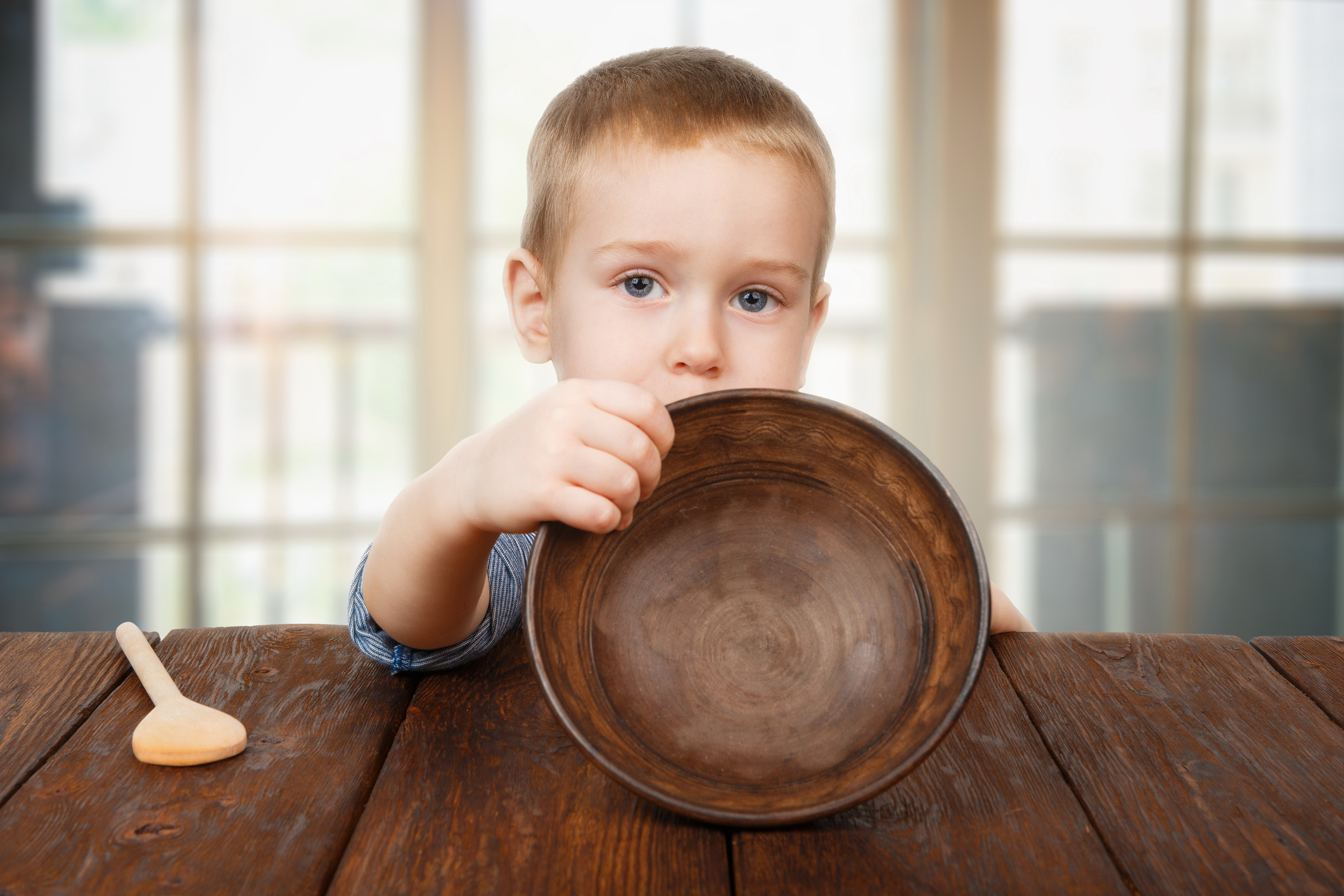Melancholy Mealtimes
Selective or “picky” eating (PE) often plagues families with small(ish) children.
Mealtimes can wreak havoc on parents and have them wanting to avoid mealtimes with their kids. As a parent myself of two toddlers, I am well versed in what is deemed “yucky”. My three-year-old son can dig his way the center of the earth in mud, but a small change in the way a food item looks is “yucky”; and even an absurd thought to imagine he would try it. A homemade blueberry muffin that does NOT resemble his mini beloved Publix muffins, can NOT actually taste good! My three-year-old daughter can eat her weight in string cheese, but this version of mozzarella that she asks for daily is NOT the same as shredded mozzarella. In fact, if there is cheese in her treasured salads, hell hath no fury!
Young children are very irrational thinkers and explorers. Nope definitely can’t wear the Spiderman shirt I’ve been wearing for weeks, that’s ridiculous to even consider! However, I will take this button I found and see how far it can go up my nose. Such ridiculous rules of thought can be humorous at times, even endearing. However, when it comes to their basic nutritional needs to survive, it can be a daunting and very frustrating argument to have with a young child. In this article I will discuss some helpful tips and simple control techniques to implement in the home setting.
Mealtimes should be a well-established routine. This does NOT mean a specific time of day, although that can be helpful to reduce over-snacking (more on that next month). There should be some format of a “warning” that a mealtime is approaching. This is important because mealtimes typically disrupt a preferred activity like playing outside, or watching T.V. When we’re given a warning that something is going to happen soon, it helps us mentally prepare. The countdown can be something as simple as a verbal notice, a kitchen timer, or a visual timer is always helpful for children with developmental delays.
The next step is to ensure you are enforcing the mealtime. This means if you must chase and physically bring your child to the table then that is simply how it must be. This is not forever, just until there is established parental stimulus control with mealtimes. Plus your fitbit will be happy you did all that chasing!
It’s important that each family member has the same contents on their plates. They do not have to eat each item, but it’s important to establish the idea that what mommy or daddy eats is not just for grown-ups. Often parents will make two meals, one for the kids and one for the adults. Not only is this a giant pain for caregivers, but it teaches that certain foods are designated for certain eaters.
There should be a No Thank You plate or bowl. This is designed to teach them that they don’t have to like everything, but they can’t speak negatively (emotion words like “yucky”) about food, throw it, feed to the dog, etc. They must “respect the plate”. This dish serves as the container where undesired consumables go to live out their lives before being packed up with the remaining leftovers.
The No Thank You dish also requires the child to interact with the food. Physical interaction with a consumable is frequently the first step prior to oral placement. The No Thank You dish is not going to be a permanent fixture on the table, just until your little eaters have an established routine and develop a more adventurous palate.
When does the mealtime end? The mealtime should end when all participants are satiated. Consuming a specified quantity should NOT signal it’s time for dessert. This can lessen the volume of nutritious intake. For instance, when a child is informed that they can have ice cream after they finish their asparagus, it signals them to stop at a certain point visually. Asparagus gone=end of meal=ice cream. If they are told that the mealtime is over after the family and guests are also finished, it allows them more time to consume what’s on their plates and develop better mealtime manners. Bargaining can also unintentionally create a reinforcement valence. We never want to suggest that eating something healthy is not a fun and enjoyable experience. If a child is used to having a treat after a meal, it’s a good idea to shape this routine into something more appropriate. Try stating something like “yes we do have brownies, but we’re going to eat them later not right after dinner”.
The final tip is to end a mealtime with having the children assist in cleanup. This is not only helpful for caregivers, but it helps to establish the finality of mealtimes. I find that my own children really find this as an amusing family affair. They really enjoy being able to pack up leftovers, place dishes in the dishwasher and wipe off the table.
Bonus tip- When creating a new mealtime routine, it can be very helpful if you start in a different setting. Take mealtime outside! This time of year is perfect for outdoor dining. Eating outdoors and establishing the new mealtime routine can easily be transferred when resuming indoor dining. Mealtimes outdoors doesn’t have to be a repeated affair. It easily can take just one time to set the new expectations.
I hope you enjoyed these tips and tricks, and enjoy happier and healthier mealtimes with your families!
By: Genevieve Covington, M.A., BCBA
Founder & Feeding Intervention Specialist




